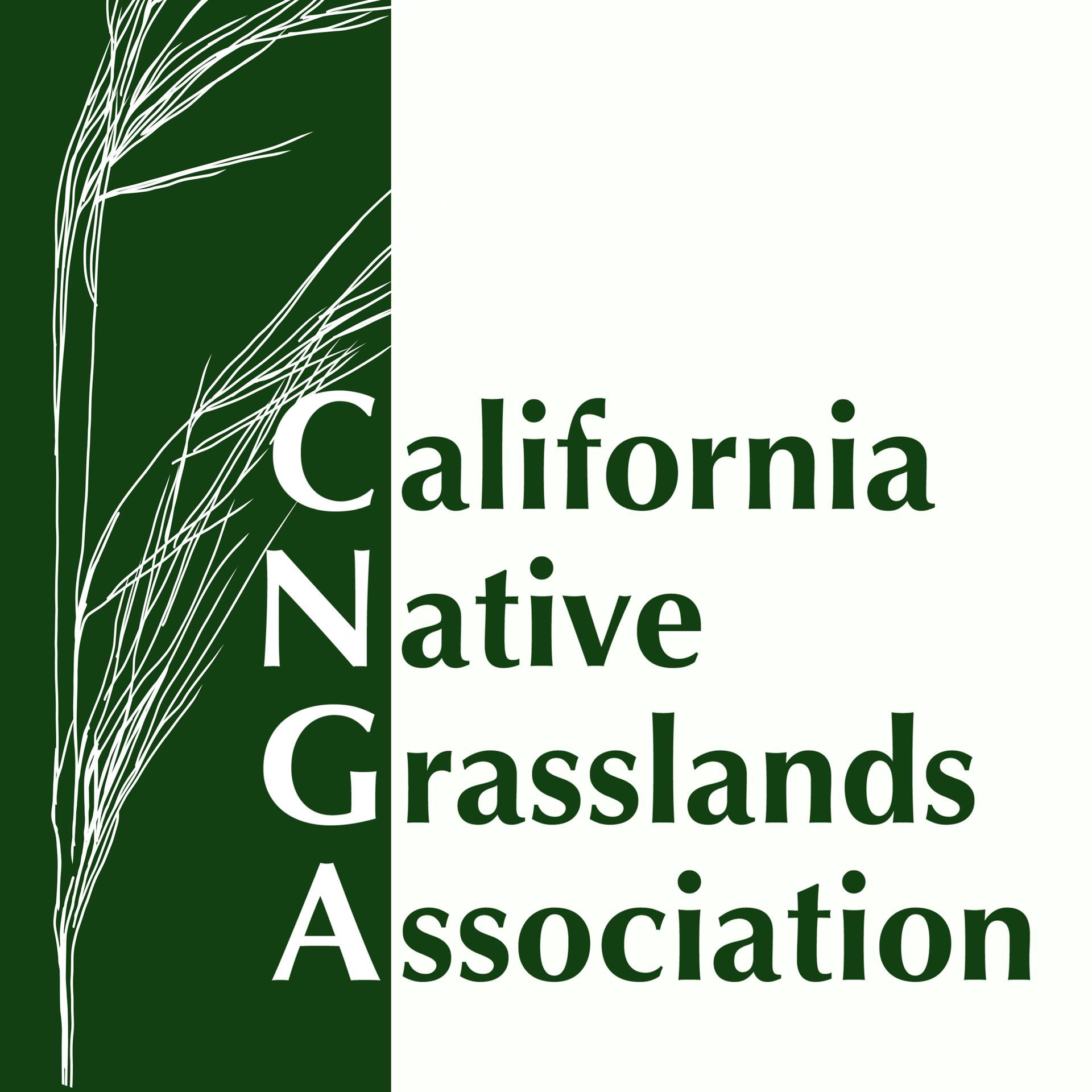
The Only Organization Working Exclusively to Conserve and Restore
California's Native Grasslands
Grasslands Described |
What is a Grassland? |
"Grasslands is really a misleading name for this dynamic, diverse, and critically important ecosystem. They should be called wildflowerlands in my opinion," says Pepperwood's Ecologist and CNGA Board Member Michelle Halbur, "because there is so much more going on – and grasses are wildflowers too! Just not the showy ones with petals." - From Pepperwood e-newsletter, May 2023.
What Defines a Native Grassland? |
Native Grassland as Classified by Vegetation Scientists at NatureServe, the California Native Plant Society, and California Department of Fish & Wildlife
California Department of Fish and Wildlife. VegCAMP. Natural Communities. https://wildlife.ca.gov/Data/VegCAMP/Natural-Communities |
What is Native Prairie? A Teacher Resource. Saskatchewan Prairie Conservation Action Plan. https://www.pcap-sk.org/rsu_docs/documents/native-prairie-fact-sheet.pdf. Here are Some Definitions and Interpretations of Grasslands |
|
California’s Relatively Intact Grasslands are Reservoirs of Biodiversity Grassland birds, mammals, reptiles, insects, pollinators and other animals depend on the resources these plants and spaces provide.
|
|
CNGA's Mission is to promote, preserve, and restore the diversity of California's native grasses and grassland ecosystems through education, advocacy, research, and stewardship.